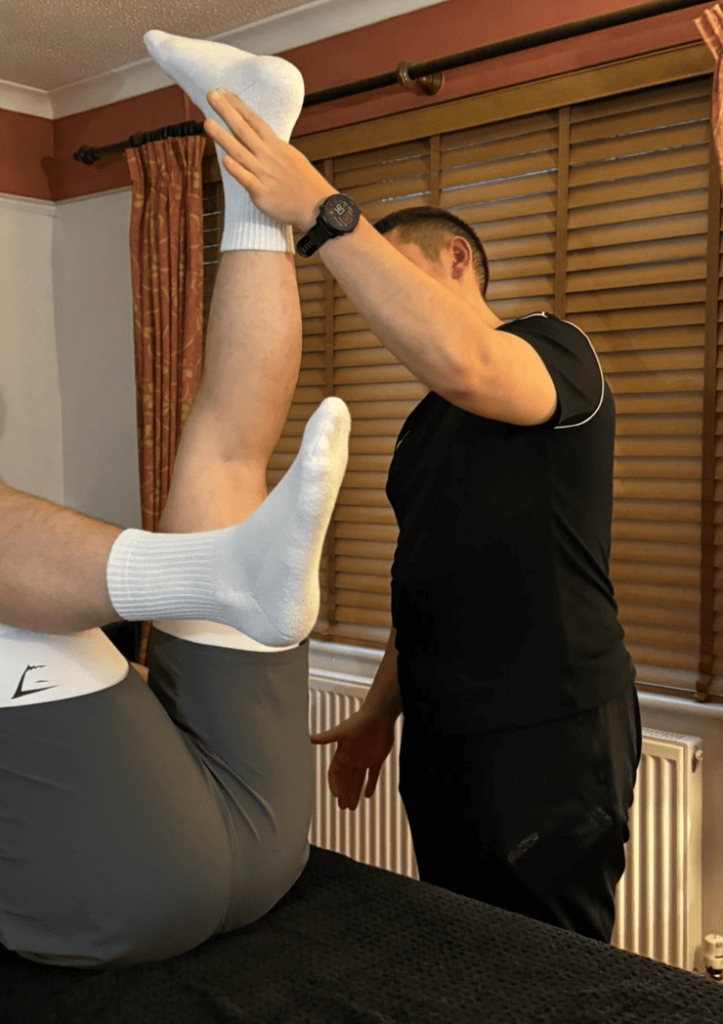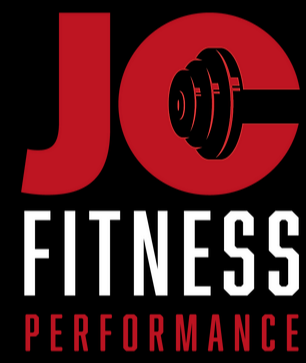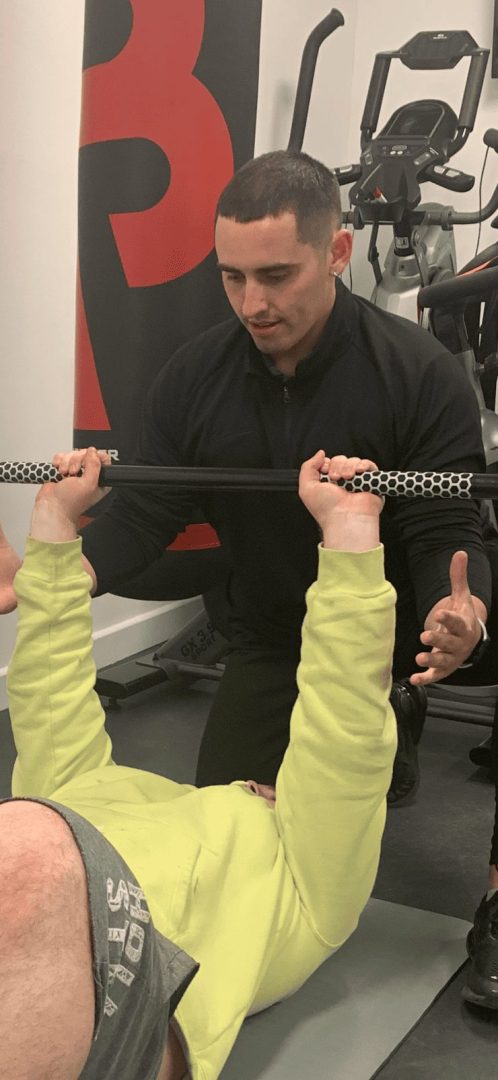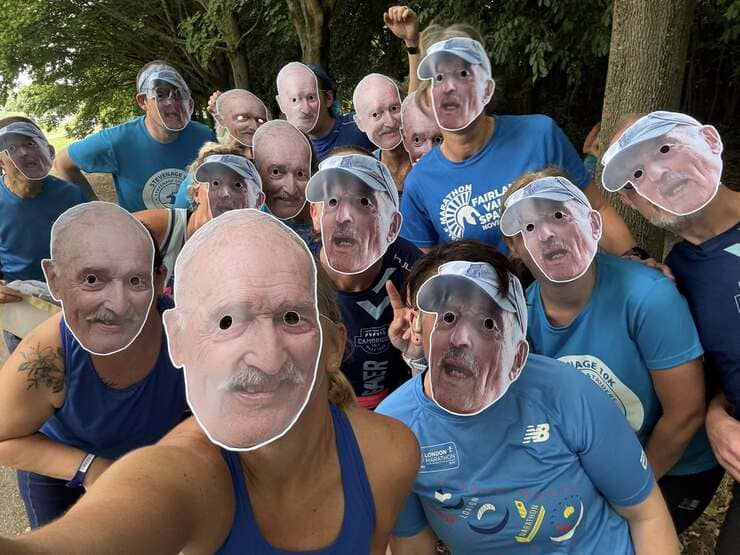Staying fit and pain-free takes more than just workouts, it needs to be structured and concentrated for your own individual needs. Jack Cant at JC Fitness Performance in Stevenage specialises in various methods to achieve one’s fitness needs. This includes Strength training, conditioning, movement screening and often forgotten about prehabilitation. (Mobility, stretch work, foam rolling) These are all methods that help prevent injuries and niggles building up “When we focus on mobility and prehabilitation, it’s easier to achieve strength goals without setbacks or issues,” says Jack.
Why Focus on Mobility?
Mobility is all about maintaining a full range of motion in your joints and muscles. When mobility is optimised, everyday activities and sports become easier and safer. Jack explains, “Improving mobility helps prevent muscle strains and joint stress. It’s the base for pain-free movement and long-term strength.”
Mobility work often includes stretches and specific movements targeting areas that are prone to stiffness, like hips, shoulders, and hamstrings. A few minutes of mobility exercises each day can make a huge difference in reducing pain and improving flexibility.
Prehabilitation – The Key to Injury Prevention
Prehabilitation, or “prehab,” is designed to prepare the body for future physical challenges. Jack believes that prehab exercises are essential for anyone serious about fitness or sports. “By strengthening weak areas and improving balance, Coordination and various other fitness parameters, we’re building a defence against injuries,” he shares.

Five Top Tips for Staying Pain-Free with Mobility and Prehab
- Warm Up Properly
Starting with a good warm-up helps your muscles prepare for any activity, reducing the risk of strain and taking you from gear 1 to gear 3 before more intense activity. - Integrate Balance Exercises if necessary
Balance work strengthens stabilizing muscles, which support the main muscle groups, especially in joints like the knees and shoulders. Lots of sport require balance or unilateral work (single leg or arm work) link these exercises to your sport - Stretch Regularly
Regular stretching keeps muscles flexible and prevents stiffness after workouts. Jack suggests focusing on major muscle groups that take on the most strain, but ultimately listen to your body - Use Mobility Tools
Foam rollers, resistance bands, and massage balls can target tight muscles and improve mobility by “trigger pointing” certain areas. - Take Time to Recover
Jack reminds everyone that recovery is just as important as training. He suggests spacing out high-intensity sessions and including gentle exercises on rest days.
Common Mistakes When Starting Mobility and Prehab Training
- Skipping Warm-Ups
Diving straight into exercises without warming up can lead to injuries. - Overtraining
Training without enough rest increases the chance of strain or overuse injuries. - Ignoring Minor Pains
Small aches can turn into larger problems if left unchecked. Jack advises addressing any pain early with gentle movements or adjustments.
Why Mobility and Prehab Matter
Whether you’re new to fitness or a seasoned athlete, improving your mobility and prehab routine can greatly impact your progress. With the guidance of an experienced trainer like Jack, you can develop strength and flexibility to reach your fitness goals without unnecessary pain or setbacks.
Jack’s expertise in both mobility and training helps clients in Stevenage achieve results that last. As he says, “Pain-free fitness is achievable for everyone; it’s about balancing movement, recovery, and focus on injury prevention first.”





